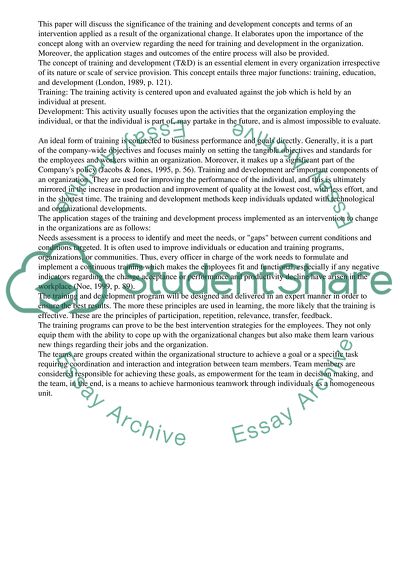Cite this document
(The Aim of the Total Quality Management Process Term Paper, n.d.)
The Aim of the Total Quality Management Process Term Paper. Retrieved from https://studentshare.org/management/1459860-organizational-change
The Aim of the Total Quality Management Process Term Paper. Retrieved from https://studentshare.org/management/1459860-organizational-change
(The Aim of the Total Quality Management Process Term Paper)
The Aim of the Total Quality Management Process Term Paper. https://studentshare.org/management/1459860-organizational-change.
The Aim of the Total Quality Management Process Term Paper. https://studentshare.org/management/1459860-organizational-change.
“The Aim of the Total Quality Management Process Term Paper”, n.d. https://studentshare.org/management/1459860-organizational-change.


